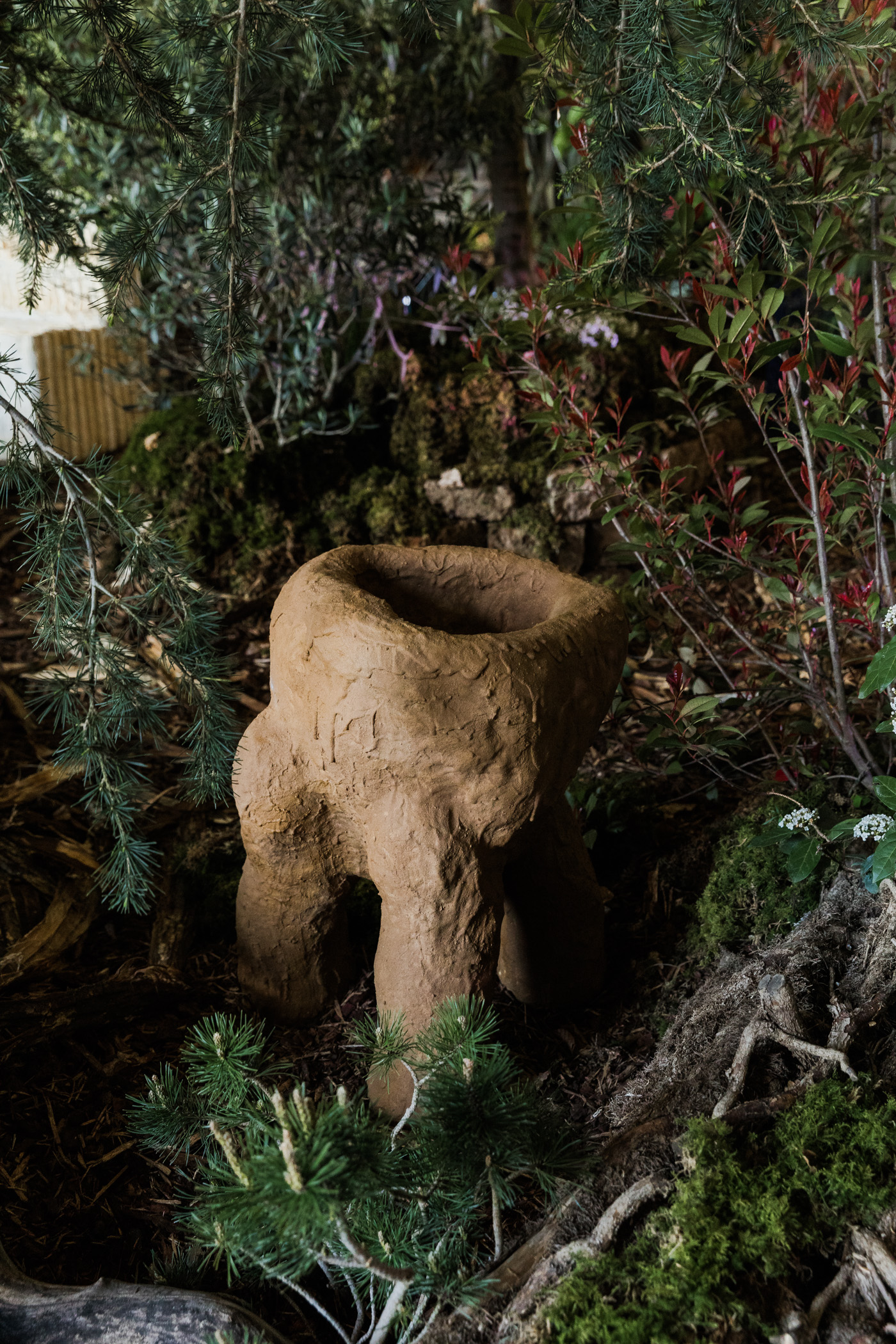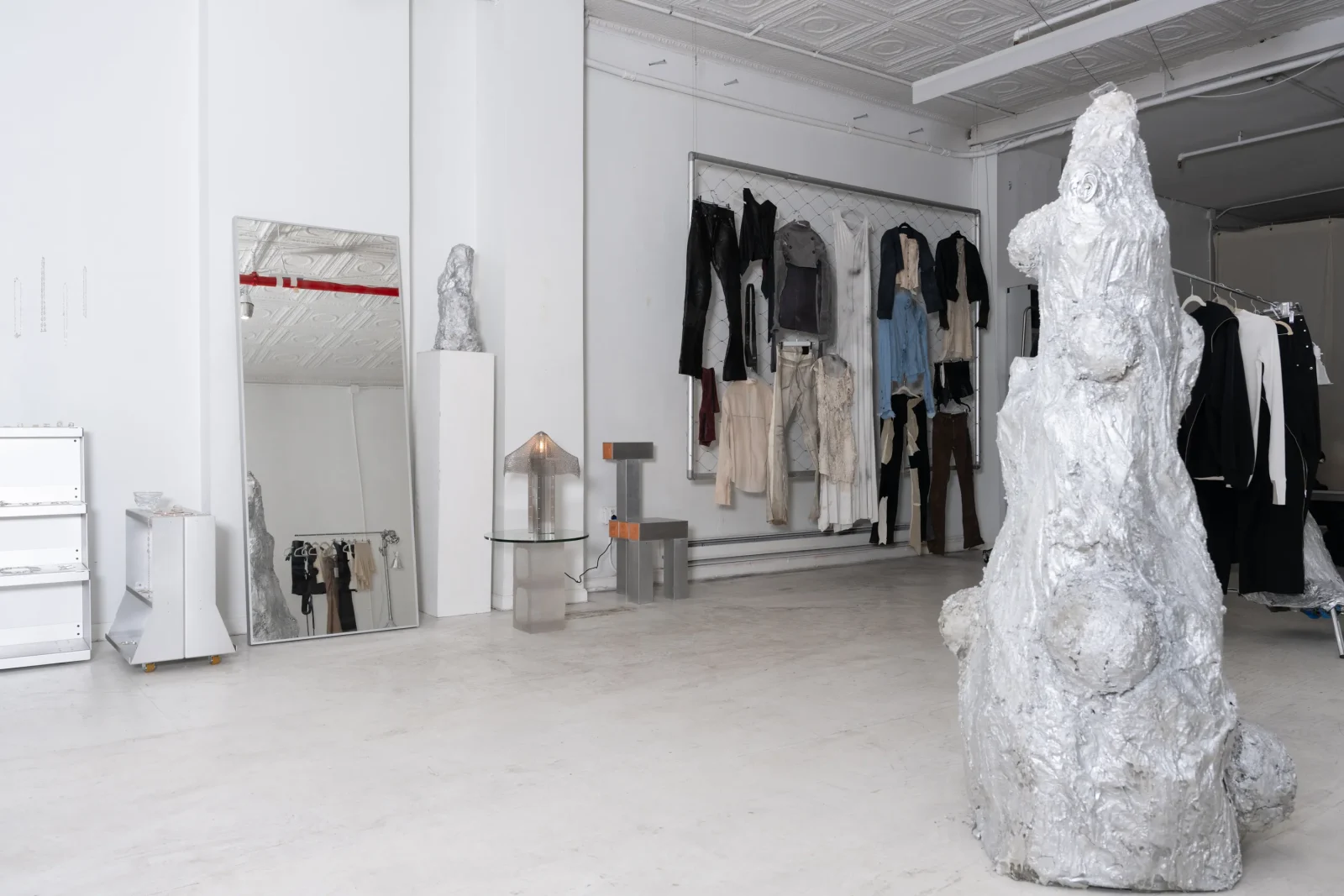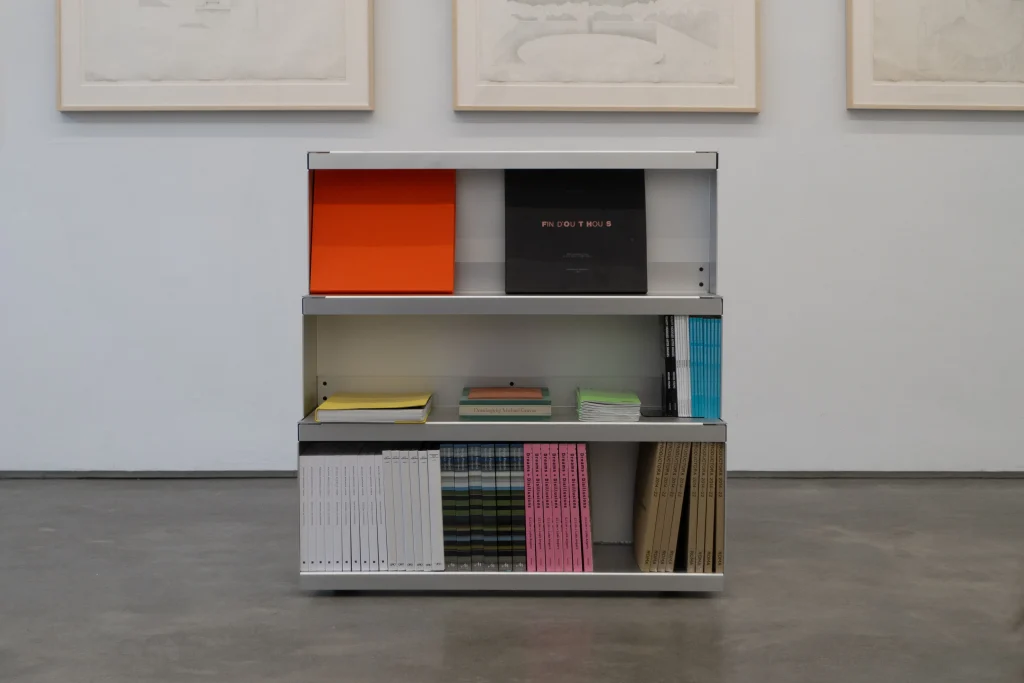
"Collective Memory/Self-Expression": A Spanish Collection by Ana Dominguez Siemens
“I have focused on the idea of designers who work on the collective memory of the country’s craftsmanship tradition through their interest in local crafts [as well as] other designers who explore their own creativity using new materials and experimenting with new concepts.”
– Ana Dominguez Siemens, curator of “Collective Memory/Self-Expression”
View the full collection, “Collective Memory/Self-Expression”, as well as Joel Blanco’s “Jarrón de la Hostia”.
Craftsmanship, sustainability, and artisan tradition are three aspects of design which permeate the contemporary Spanish collectible design scene. From centres like Madrid and Barcelona, designers are exploring the connections forged between tradition, cultural heritage, and individual expression, developing a space which reflects both past and present. Similarly to our previous collection, a rich history of craft and design exists in Spain from which a sense of individuality and means to experiment has been – and continues to be – explored. From the use of bright colours and bold patterns to a focus on sustainable materials and partnerships with artisans, this scene and the designers who shape it demonstrate a constant evolution in design with great respect for the past.
Illuminating a design scene infused with multidisciplinary craft traditions and characterised by energetic and open-minded makers, “Collective Memory/Self-Expression” offers a view into a creative community seeking to share their individual artistic perspectives and reinvigorate Spanish design heritage in the present. Here, journalist and collection curator Ana Dominguez Siemens brings together a talented group of designers whose practices speak to tradition, contemporaneity, and self-expression. She explains: “Put together, they give a brief idea of the variety of what is going on [in the contemporary Spanish design scene] and the potential of some individual designers with a distinctive view that makes Spain a design destination”.
With a variety of pieces from both emerging and established designers such as Andreu Carulla, Antoñito y Manolin, ELSUR, FOD, Joel Blanco, Max Enrich, Moneo Brock Studio, Pepa Reverter, Teresa Fernández-Pello, and Tornasol Studio, “Collective Memory/Self-Expression” provides a glimpse into the ever evolving collectible design scene of Spain. Drawing on their heritages, experimenting with age-old techniques, and creating spaces to play with design has allowed these designers and design studios to think outside of the box and express their artistic desires to audiences around the world.
Interview with collection curator Ana Dominguez Siemens
With reference to your experience in design journalism and curation, how would you characterise the contemporary Spanish design scene?
A lot of things are going on right now, many designers are interested in producing their own work, lots of them are trying to find new ways for traditional crafts and many others are experimenting with new ideas and materials. I would say it is a varied and fresh design scene, yet quite chaotic and contradictory at times, while always maintaining that Mediterranean flair. New cities [are also] coming to add value, such as Sevilla and Palma de Mallorca.




Representing both Madrid and Barcelona on Adorno, what, in your view, are the biggest similarities and differences in design between these two cities?
Barcelona, in particular, has a long tradition of crafts and industrial design that goes back to the art nouveau period when they had their own version with influential figures like Gaudi. It is a city that has design in its DNA – many of the most interesting designers and architects in the Spanish design scene have been based in Barcelona, a cosmopolitan city that has always been very close to France and open to all external influences. Madrid shares with Barcelona many of its characteristics: it is a very energetic city that is becoming more and more a center for design. At the same time, it is a city that loves improvisation and a “go-with-the-flow” attitude, something that contributes to a relaxed and fresh approach to design.


What has your approach been for the curation of your latest collection, “Collective Memory/Self-Expression”?
I have focused on the idea of designers who work on the collective memory of the country’s craftsmanship tradition through their interest in local crafts [as well as] other designers who explore their own creativity using new materials and experimenting with new concepts. I like designers who are open minded, who have a distinctive personality, who are not scared of failing, who find beauty in news ways, and, even, [those] who use ugliness as a positive asset.






The world of design seems to be turning their attention more and more toward local industries and more sustainable practices, this can also be seen in this Spanish collection. Why is this such an important shift?
Sustainability is crucial to all production these days. We know that we cannot waste energy or destroy the planet’s resources, so it is evident that one of the ways to do that is by producing locally and with sustainable materials. This translates into more designers interested in [the] research for new materials or processes and also in looking at design as a small business where they become the entrepreneur who produces is small quantities or on demand. This way, we are seeing a huge amount of product in the market that [is] not produced by the big industry and that can fulfil our desire for singularity, something that contributes to the individuality we all look for.






There is quite a bit of diversity in style, technique, and use of material in this collection. Which aspects of “Collective Memory/Self-Expression” are you most excited to share with the Adorno audience?
That is exactly what I am excited to share here! That lack of uniformity, that group of strong minded designers who fiercely defend their views and search their own creativity for a distinct personal work. They are people from different generations and backgrounds, they have different interests and goals, and, still, it makes sense to show them together as a taste of what is happening in Spain at the moment.




“Collective Memory/Self-Expression” is available on Adorno from 3 August 2020.
Learn more about the collection and meet the curator Ana Dominguez Siemens in conversation with Soledad Lorenzo, editor-in-chief of Arquitectura y Diseño, streamed live on Adorno’s Instagram, @adorno.design on 3 August at 6:00 PM CET.






